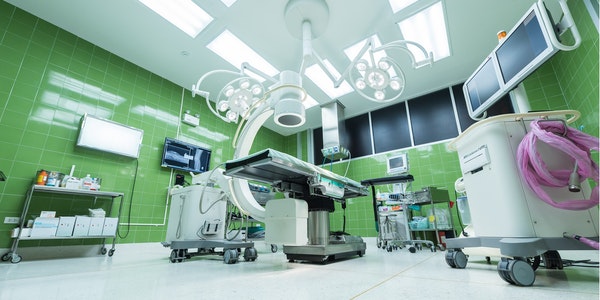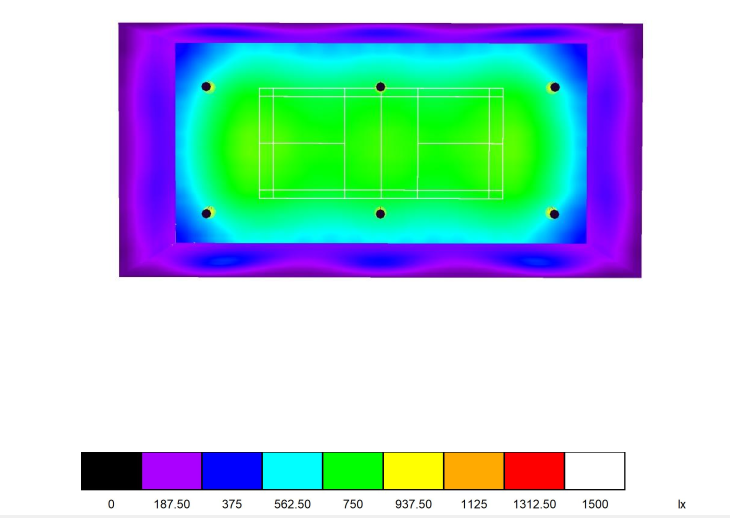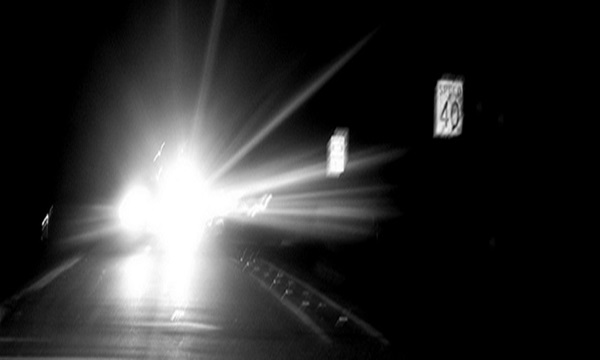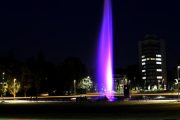Indicator to Measure Illuminance:
The standard for measuring illuminance depends on whether the object can be seen clearly, the ease of seeing the object and the subjective feeling of comfort, etc. Therefore, the illuminance satisfies the “visibility” first, and then the “satisfaction”. The illuminance level should take into account factors such as visual effects, comfort, economy and energy saving. There may be big differences in different social conditions and the level of illumination in different regions.
- Visibility:
When the details of the object size are determined, the visibility depends on the illuminance and the brightness contrast of the job. The visibility of the human eye increases rapidly with the increase of illuminance. When the illuminance exceeds 500lx, to increase the visibility, the illuminance must be doubled. This greatly increases the cost, so an economic analysis is necessary.
- Satisfaction:
Satisfaction is determined by two aspects: the first is the ease of viewing under actual conditions; the second is the degree of comfort and satisfaction of the visual environment. The former is a physiological index; the latter is a psychological index. People’s psychological satisfaction is dominated by factors such as personal hobbies, cultural level, appreciation ability and past experience, and is related to the indoor color and furnishings of the lighting environment.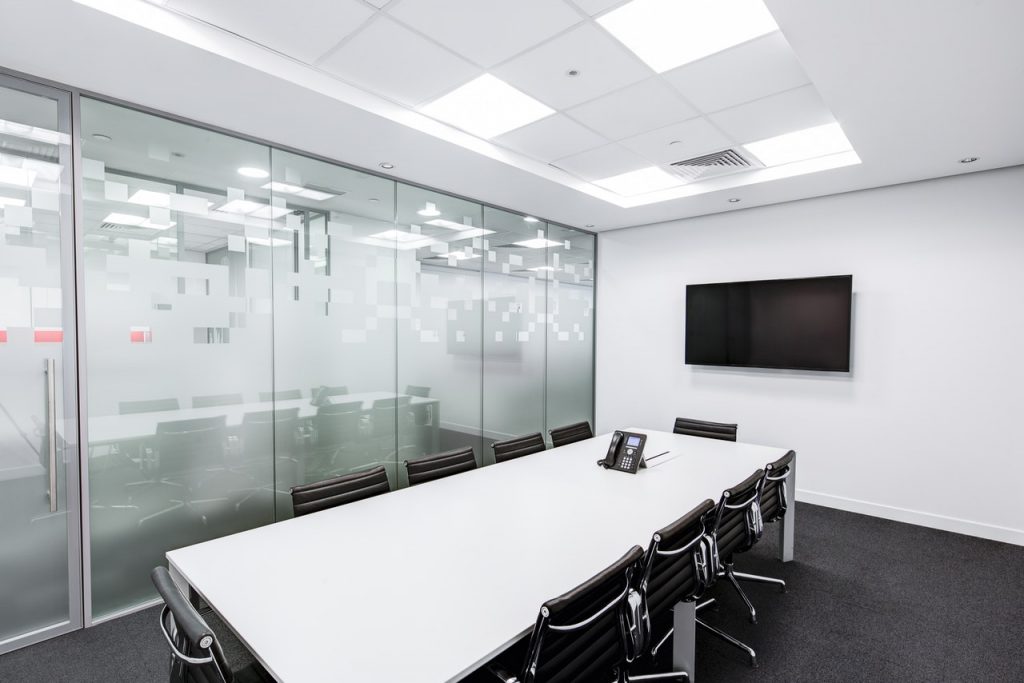
Illuminance Standard Classification:
The illuminance level difference is the smallest difference that can be reflected subjectively, and it is consistent with the CIE recommended value. “Industrial Enterprise Lighting Design Standards” contrast standard levels are as follows: (unit is lx): 0.5, 1, 2, 3, 5, 10, 15, 20, 30, 50, 75, 100, 150, 200, 300, 500 , 750, 1000, 2000, 3000. Among the two adjacent levels of illuminance, the latter is 1.5 times the former as the best classification.
Lighting Quality:
The lighting quality includes the brightness distribution of the light environment, the uniformity of the illuminance, the light color and color rendering, the glare limit level, the directionality of the light and the three-dimensional sense of the object, etc.
Brightness Distribution:
a), the brightness distribution of the working area:
The brightness of work and the brightness of the environment should not be too large, so as not to make the vision easy to fatigue. From the perspective of visual comfort, the ambient brightness should preferably be lower than the brightness of the working surface. Only when the nature of the work requires people to focus their attention on the surroundings, the lighting with higher ambient brightness can be used. The ambient brightness is preferably not less than 1/3 of the operating brightness.
b). Face brightness and indoor environment brightness:
As far as the brightness of human faces is concerned, the United Kingdom stipulates that the indoor illuminance of rooms where personnel stay for a long time and all working rooms is 200lx. This data can be used as a reference value for some public buildings in our country.
- c) Luminaire brightness:
The brightness limit curve method is commonly used to evaluate the brightness of the lamp, and the brightness of the lamp is determined according to the glare limit, that is, the brightness of the lamp is determined according to the glare limit level and the use illuminance. When the visual operation is very fine, the glare is strictly limited, and the brightness of the lamp is required to be low. When the general visual operation has low requirements on the glare limit, the brightness of the lamp is allowed to be higher.
When the illuminance is high, the brightness of the luminaire is required to be low, and when the illuminance is low, the brightness of the luminaire is allowed to be high.
Illumination Uniformity:
a), spatial uniformity:
CIE stipulates that the ratio of minimum illuminance to average illuminance is less than 0.8, and my country’s standard stipulates that the ratio should not be less than 0.7. In the case that the luminaire arrangement is less than the maximum allowable pitch-to-height ratio, the above requirements should also be met. The smaller the distance-to-height ratio of the lamp is smaller than the maximum allowable distance-to-height ratio of the luminaire, the more the light crosses each other and the relative uniformity will be improved.
b), time uniformity:
The illuminance of any lighting device will not always change. Reduced luminous efficiency of light bulbs, pollution and aging of lamps, dust on the surface of the room, etc. will reduce the illuminance. In my country, the final maintenance illuminance is taken as the recommended illuminance, that is, the average illuminance before the light source is replaced and the lamp is cleaned is taken as the recommended illuminance, so that the illuminance higher than the illuminance standard can be obtained during the entire life cycle. In any case, the initial illuminance of the new lighting device and the clean room cannot be used as the recommended value of illuminance.
Light Color and Color Rendering and its Application:
The color and color rendering of light are very important in lighting engineering, especially in places with high requirements for light color and color rendering. The color characteristics of light are mainly manifested in two aspects of light color table and color rendering ability. Optical radiation consists of many spectral radiations. The more complete the spectral composition, the more perfect the light color table and color rendering performance. However, two kinds of light with different spectral components can have the same color table, but the color rendering properties may be very different. Therefore, the color rendering property cannot be determined based on the color of light.
a), the color table of the light source:
a-1. Use the CIE1931 chromaticity diagram to indicate the color of the light source:
Any color can be represented on the chromaticity diagram with two color coordinates. The basis is that any light color can be synthesized with the three primary colors of red, green and blue. The three primary colors are also called “standard chromaticity observer spectral tristimulus value”, which is represented by the symbols X (λ), Y (λ), and Z (λ). They are three relative sensitivity curves, representing the amount of red, green, and blue primary colors required for pure spectral colors of various wavelengths. From the tristimulus value, the color tristimulus value of any light source color can be further obtained, which is expressed by X, Y, and Z. These quantities are related to the three sensitivity curves and the spectral power distribution of the light source.
In the chromaticity diagram, x, y, and z are expressed as relative values. Obviously, there are
x+y+z=1
a-2. Use color temperature to represent the color table of the light source:
When the spectrum of the thermal radiation light source (such as incandescent lamp, tungsten halogen lamp) is similar to the spectrum emitted by a black body heated to a temperature of Tc, the temperature Tc is called the color temperature of the light source. The chromaticity diagram of the incomplete radiator light source is not on the blackbody locus, but near the locus, its color temperature can be represented by “correlated color temperature”. The concept of correlated color temperature is meaningful only for light sources whose spectral energy distribution is similar to that of a complete radiator.
a-3. The attributes of the light source color table and the application of the color table:
The color temperature of the light source is different, and the feeling is different. Low color temperature has a warm feeling, high color temperature has a cold feeling. CIE divides the color tables of lights into three categories. The first group of warm colors is suitable for residential places, such as residences, hotels, restaurants, and special operations or cold weather conditions. The second group of workplaces is the most widely used. The third group of cool colors is suitable for high illuminance places, special operations or warm weather conditions.
The light with low color temperature at low illuminance makes people feel pleasant and comfortable, and at high illuminance it is stimulating. The light with high color temperature feels gloomy, dim, and cold at low illuminance, and it feels comfortable and pleasant at high illuminance. Therefore, warm color light is used in low illumination, which is close to the atmosphere of dusk, creating a cordial and relaxing atmosphere indoors. It is advisable to use cool light under high illumination to give people a tense and lively atmosphere.
In the light source, the color of light with poor color rendering is not good. For example, the fluorescent high-pressure mercury lamp has a Ra of 30-40, which lacks red light. The sodium lamp has a Ra of 23-25, and only yellow components are highlighted in the light. Using the former indoors makes people pale, while using the latter makes people appear jaundice. These two kinds of lamps are not suitable for indoor lighting alone.
Glare Limit:
- a) Types and effects of glare:
Glare is caused by excessive brightness contrast or high brightness in the field of view. Glare can cause discomfort or reduce visibility. Discomfort is called uncomfortable glare, and the one that reduces visibility is called disability glare. In addition, there is a visual state of both.
Glare is also different between direct glare and reflected glare. Direct glare is directly caused by high-brightness light sources such as lamps, light bulbs, windows, etc., and reflected glare is caused by the reflected brightness of surfaces with high reflection coefficients (such as mirrors, glossy metal surfaces or other surfaces).
The glare produced by regular reflections in the direction of the eyes is called reflected glare. When the light is reflected to the eyes, it masks the work body and weakens the contrast between the work body and the surrounding objects, and causes visual difficulties called light curtain reflection.
Lighting is divided into two categories: one is photopic lighting, which focuses on functions and requires limited glare. The other is atmosphere lighting, mainly to form better environmental lighting and meet some special requirements. Therefore, the small area glare of metal, glass, and glossy objects is often used to produce a certain charm. There is no restriction on glare in this occasion.
There are four factors that determine the strength of glare:
- The higher the brightness of the light source and the larger the area, the more serious the glare.
- The darker the surrounding environment background, the more serious the glare,
- The closer the light source is to the eyes, the more serious the glare.
- The closer the light source is to the line of sight, the more serious the glare.
b), brightness control method:
Glare is mainly produced by the brightness of the lamp itself, so measures must be taken to limit the brightness of the lamp in the direction of the human eye. The method is to hide the lamps in the lamps or combine them with the building components. Brightness control has methods such as occlusion, deflection direction, use of translucent materials, and indirect lighting.
Light-shielding can be done with lamp reflectors, shading grids, shading rings, light-shielding plates, etc. The more light blocked, the lower the lighting efficiency. Therefore, the design often makes choices on reducing brightness and improving efficiency.
An optical device can change the direction of light, such as a lens, prism, mirror, etc.
Factors Affecting Brightness
The application of the full diffuse transmittance of translucent materials can reduce the brightness of the light source. Brightness is a function of the amount of internal light and the projected area on its surface. The larger the area, the lower the surface brightness.
Translucent materials can reduce the brightness, but the luminous flux emitted by the light source is not much reduced, and it is suitable for places that need to provide vertical illuminance, such as frosted glass cover, opal glass lamp cover, etc. It can also be combined with other methods to control the brightness, such as the use of translucent light barriers and shading grids.
Controlling the brightness of indirect lighting is a combination of two principles. One is to conceal the light by means of occlusion, and the other is to use the method of deflecting the direction to shoot the light toward the secondary luminous component (ceiling or eaves). The larger the area of the secondary luminous body, the more uniform the brightness, and the lower the surface brightness, the better the effect. Sometimes several methods such as indirect lighting, occlusion and deflection can also be used in combination to achieve better results.

